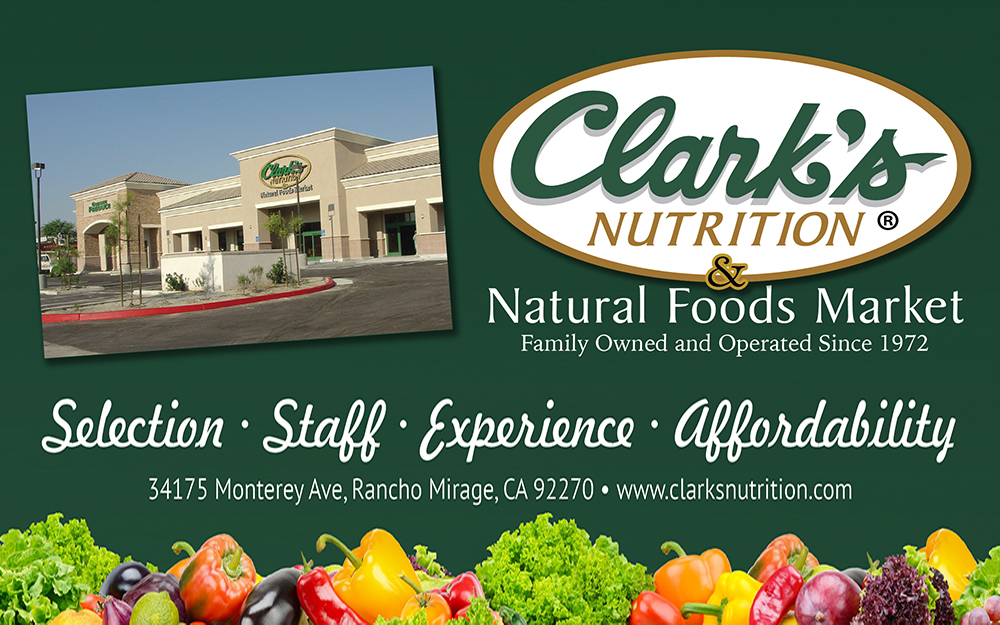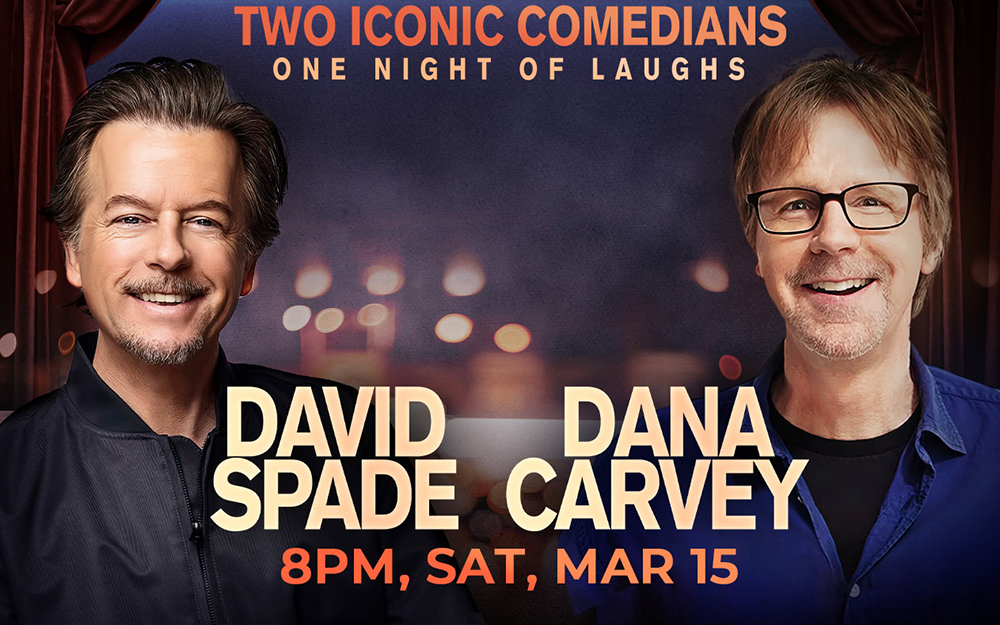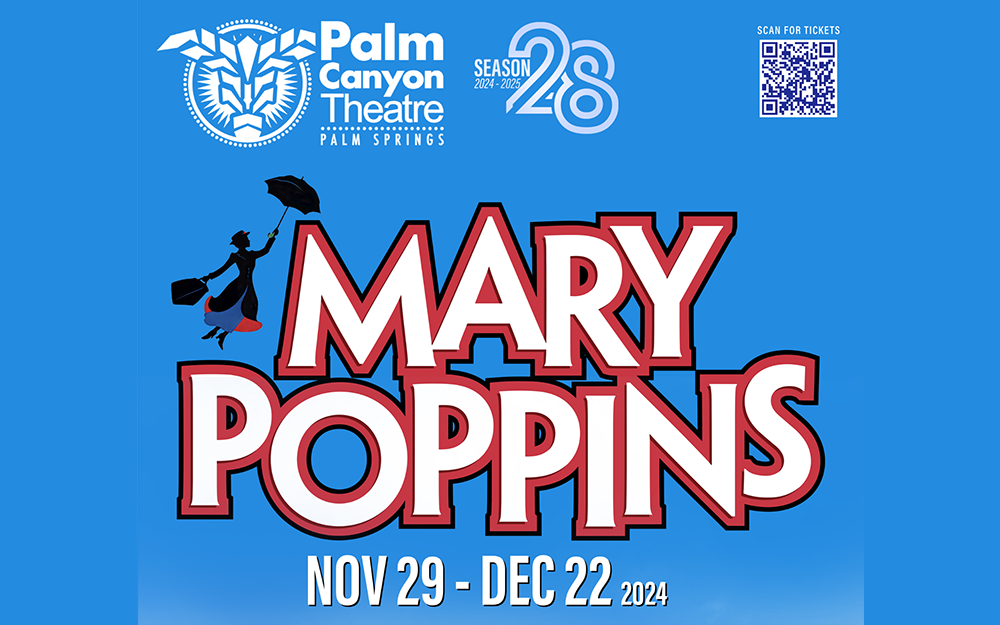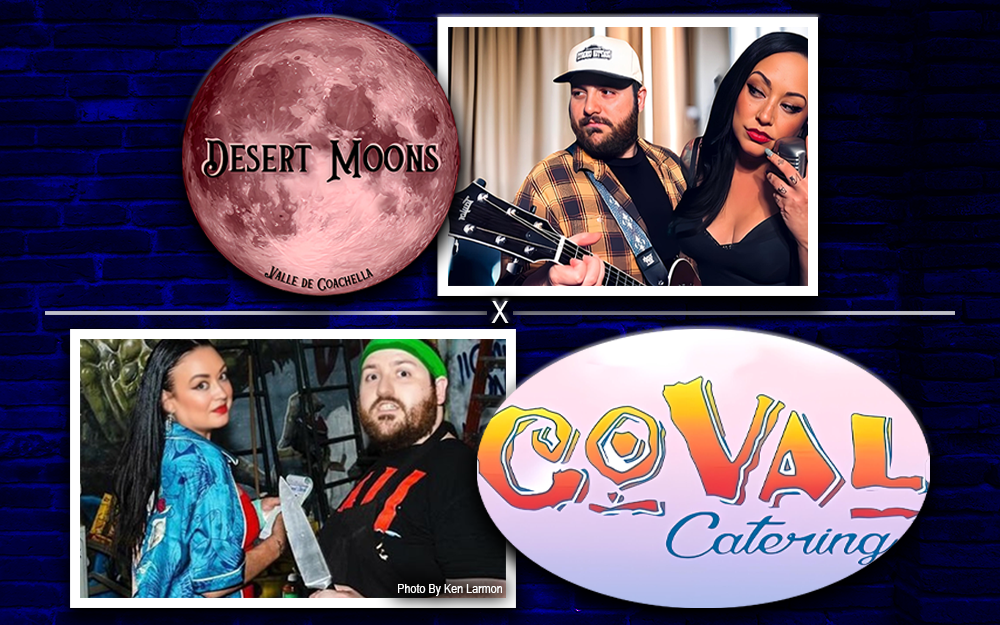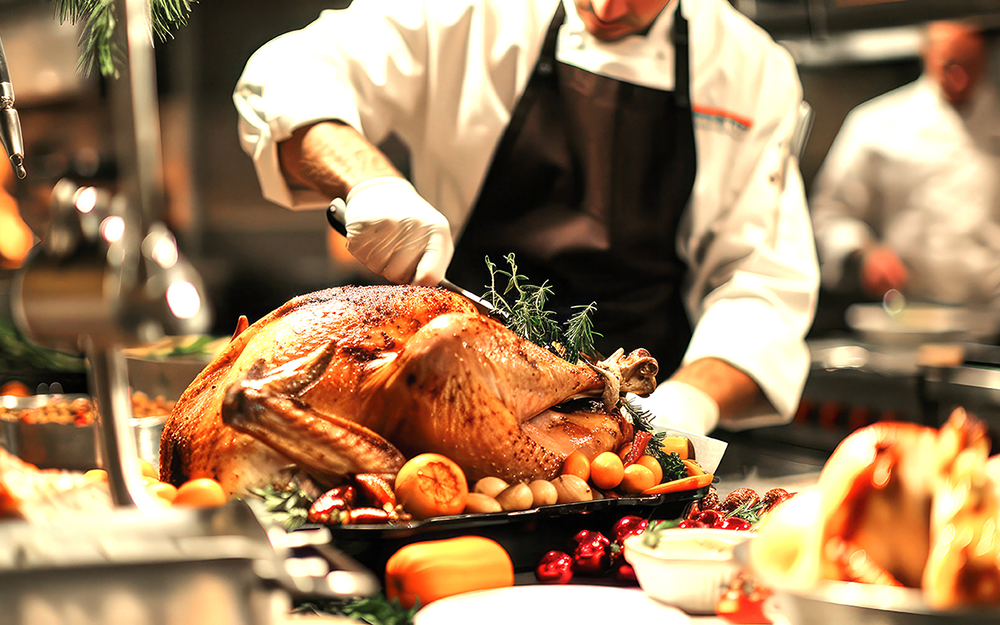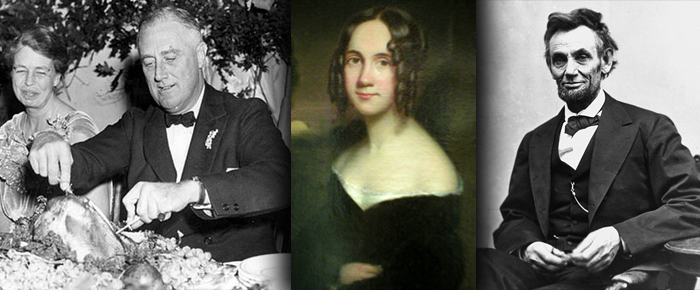
By Haddon Libby
Thanksgiving as we know it became an annual national celebration in 1863 thanks to Sarah Josepha Buell Hale.
Following the death of her husband in 1822, she went on to become an author having written one of the first books critical of slavery. Based on the success of this book, she moved from New Hampshire to Boston to become the editress (the term she preferred) of Ladies’ Magazine. During this time, she wrote a collection of poems that included Mary Had a Little Lamb. Hale and the magazine that she edited (renamed Godey’s Lady’s Book) had influence unlike any modern publication in that it influenced the fashions, architectures and morals of the era.
As a successful influencer on American life, Hale made it her personal mission to turn the New England celebration of Thanksgiving into a national celebration. After seventeen years lobbying, President Abraham Lincoln recognized Hale’s efforts by declaring the fourth Thursday in November as Thanksgiving. It was his hope that the celebration would serve to help bring the country together as the United States was in the midst of the Civil War.
Looking for the origins of the celebration goes back to the times before organized religion. The original farmers believed that the crops had living spirits that had to be destroyed through ceremonies prior to crop cultivation or the farmers themselves would confront revenge from those spirits on their lives.
Ancient Romans celebrated a harvest festival known as Cerelia on October 4th where they honored Ceres, the goddess of agriculture while Ancient Greeks celebrated Thesmophoria in honor of their goddess of corn, Demeter.
As religions came into being, people would have days of thanksgiving and days of fasting. Thanksgivings were for special blessings while fastings commemorated days of remembrance.
Historian Jeremy Bangs believes that the first celebration of Thanksgiving in the United States was in Texas on September 8, 1598 by Spanish explorers in what is now St. Augustine, Florida. At that time, the Spanish explorers celebrated their survival from the perilous journey across the Atlantic to the New World.
Pilgrims are believed to have originally observed the celebration of Thanksgiving while in Leiden, The Netherlands in 1574. That celebration related to that Leiden’s deliverance from the rule of the Spanish. When the Pilgrims came to the United States, they began a similar celebration in Boston in 1631. The holiday did not become a regular celebration in the New England area until some thirty years later.
President George Washington proclaimed the first national day of Thanksgiving in 1789 as a day of “public thanksgiving and prayer” for the creation of our new country.
It was not until Abraham Lincoln in 1863 that the New England observation of Thanksgiving became an annual event, thanks to Sarah Josepha Buell Hale. For the next 78 years, Presidents would make a proclamation recognizing the day. It was not until 1941 that President Roosevelt made this celebration a national holiday.
Two years earlier, President Roosevelt had moved Thanksgiving up a week to help retailers to extend their Christmas selling season. This “proclamation” upset many including Atlantic City’s mayor who called the new Thanksgiving date “Franksgiving”. FDR and Congress fixed things two years later, returning the holiday to the fourth Thursday in November.
Thanksgiving as celebrated today is essentially no different from those farmers of 3,000 years ago. It is still celebration of our year’s harvest, continued health for us, our family and those around us and prayers for a successful and healthful tomorrow. Like Hale, it is also a day of thanks for our families and loved ones and remembrance of those whom are no longer with us.
On behalf of everyone at CV Weekly, I want to wish you a Happy Thanksgiving.


